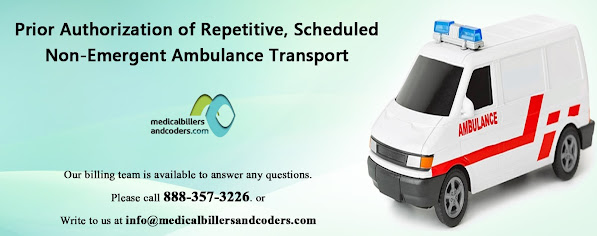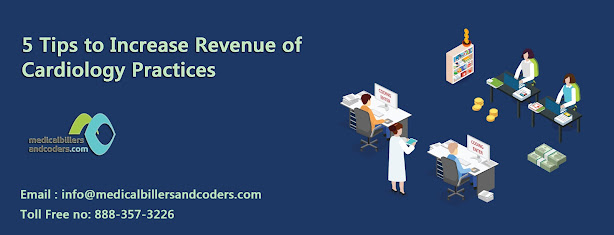Prior Authorization of Repetitive, Scheduled Non-Emergent Ambulance Transport

Federal Register declared in their notification that a 1-year expansion of the Medicare Prior Authorization Model for Repetitive Scheduled Non-Emergent Ambulance Transport. The augmentation of this model is relevant in specific states as it were. Prior to those states, ambulance suppliers should get prior authorization from Medicare before giving scheduled, non-emergency Ambulance Transportation . These states are: Delaware Locale of Columbia Maryland New Jersey North Carolina Pennsylvania South Carolina Virginia West Virginia Medicare may give cover to ambulance services, including air ambulance services if the ambulance service is outfitted to a recipient whose medical condition is to such an extent that different methods of transportation are contraindicated. The recipient's condition should require both the ambulance transportation itself and the degree of service gave to the billed service to be viewed as medically necessary. Repetitive Ambulance Service This exp





